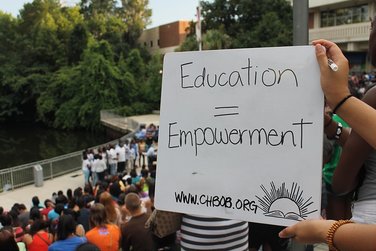 By: Nancy Massani World Day of Social Justice is a day to acknowledge the importance and need to tackle poverty, social and economic exclusion, and unemployment. The United Nations dedicated February 20th as a day to encourage people to observe the way social injustice affects those living in poverty. This day presents an opportunity to support equal treatment for all, regardless of a person’s gender, race or social status. Latin America faces a large amount of inequality and poverty, as well as low levels of education. This region is known to have the greatest amount of income disparities. “About 74 million Latin Americans live on less than $2 per day and over half of them are children.” As time goes by, the rich in Latin America just continue to get richer. Half of the jobs in the region are informal, which are jobs where individuals earn wages, but do not claim them on their taxes. Some of the biggest challenges faced in Latin America are the lack of formal employment and good quality education. Due to teachers’ inefficient use of time, students tend to lose almost a day’s worth of schoolwork each week. As a result, many youth in this region lack necessary skills to find dignified employment opportunities. Women have been working hard to reduce the amount of poverty in the region. Several of them have begun to form small businesses to overcome the effects of violence toward them and their families. Unfortunately, violence and disrespect against women still continues. However, five women from Latin America have been recognized for making their way in a man’s world and have set an example for future generations. Camila Vallejo, former student and head of the Federation of Students of the University of Chile, is known for leading student protests in 2011 and 2012 that called for free education for all. Rigoberta Menchú, who was born in poverty and experienced injustice, is known for dedicating her life to the fight for indigenous women and farmers’ rights. Lohana Berkins is known for her fight for transsexuals’ rights. Lucía Topolansky is known for being the first female president of Uruguay. Lastly, Piedad Córdoba is known for her involvement in the Colombian peace process. Although there still is a large amount of social injustice in Latin America, there has been successful initiatives. One of the most successful has been the social welfare program, Bolsa Familia Program in Brazil. The program is a social initiative taken by the Brazilian Government and receives technical and financial support from the World Bank. The two goals of this program are to reduce the current amount of poverty and encourage families to keep their children in school and ensure they get regular health checks, which serves as a model for the rest of the world experiencing poverty. 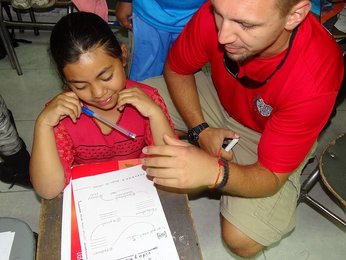 Social justice can only be accomplished through the elimination of prejudice toward the differences that separate people by gender, age, race, ethnicity, religion, culture or disability. In order to create social justice around the world, people must be empowered. That is what Children Beyond Our Borders strives to do. It is our mission to empower children experiencing social injustice, both locally and abroad, through educational workshops. “With exclusion and inequality on the rise, we must step up efforts to ensure that all people, without discrimination, are able to access opportunities to improve their lives and those of others,” said United Nations Secretary-General Ban Ki-moon. Education is a powerful tool that provides children growing up in difficult conditions with knowledge and strength to to live a better life of peace and prosperity to its fullest potential. Education is recognized globally as the key to ending trends of violence and displacement. It is at the heart of what we stand for. We help pave a brighter future for underprivileged children through our educational workshops and with the help of our volunteers. Our vision is to enable underprivileged children to realize their dreams and prosper in life. At Children Beyond Our Borders we believe every child, regardless of social status, race or gender, deserves a proper education. Every child deserves to live a stable life without barriers and without fear. Every child deserves to dream – and to dream big. Every child deserves a brighter future – a future that breaks boundaries and goes beyond borders. Creating awareness about the issues of poverty and social injustice faced by children in Latin America is central to our values. Poverty is a significant issue in Latin American countries. This leads to a high crime rate and negative effects on economic growth and low levels of education. All of these factors make it really difficult to combat poverty in Latin America. We educate our team of volunteers, staff, directors, donors, and supporters about these issues to ensure proper development of programs for our children. Not only do we educate our CBOB team, but we also spread awareness of our mission to the community in hopes of growing our family of supporters and empowering the community to join us in our efforts. We are a family of believers, motivators, and relationship-builders. Join our mission to help spread awareness and achieve social justice for all to ensure no one is left behind. Interested in donating to our cause? Visit http://www.chbob.org/donate.html for more information. Help make a difference one child at a time! Sources:
http://www.worldbank.org/en/news/feature/2015/01/09/temas-desarrollo-america-latina-2014 http://web.worldbank.org/WBSITE/EXTERNAL/NEWS/0,,contentMDK:21447054~pagePK:64257043~piPK:437376~theSitePK:4607,00.html https://worldfund.org/en/about-us/education-gap.html http://www.un.org/en/events/socialjusticeday/ http://www.argentinaindependent.com/socialissues/first-ladies-fighting-for-equality-in-latin-america/ http://www.unric.org/en/latest-un-buzz/30080-un-observance-of-world-day-of-social-justice-2016
0 Comments
Kindness is contagious. Pass it on. 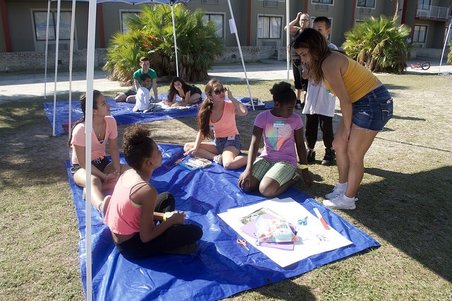 By: Jessie Stein Kindness is defined as the state or quality of being kind. It is a kind act or kind behavior. As Dalai Lama said, “Be kind wherever possible. It is always possible.” Being kind can mean many different things. For one, being kind could mean giving back in some way. It can also mean having a concern for others by taking action in wanting to help out. An act of kindness can be random or well thought out. There are no rules to being kind, only acts or behaviors that contribute towards one's kindness. To begin, kindness is giving back. Who you choose to give back to and why does not necessarily matter, as long as your intentions are positive. CBOB does an incredible job giving back as much as possible. Our Bound For Peace service trip is one of the ways CBOBers give back. This trip allows our volunteers to give back to children in South America who have undergone social injustices or armed conflict. We educate, promote awareness, and empower change in communities that need a helping hand. We strive to give back to those who need it most, when they need it most. In addition, being kind is having concern for others, contributing towards an action of helping somebody in any way, shape, or form. Helping somebody does not have to be a huge act of kindness; it could be something as little as helping your friend study for her test or letting someone elderly take your seat on the bus. Kindness is intended to make yourself feel better because you made somebody else feel better. With our new tutoring program and college-prep mentoring program, CBOBers, alongside other eager volunteers, will be able to help students learn English, apply for colleges, and so much more. Our goal is to help teach students about the different opportunities available when applying to colleges. Our Children Within Our Borders events help younger kids achieve goals and stay on the right track to success. 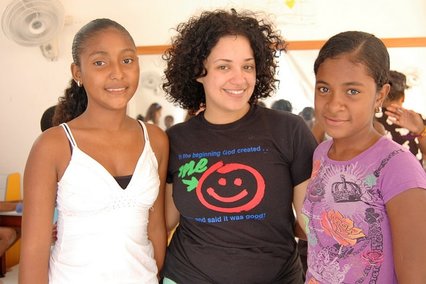 Furthermore, an act of kindness can be shown to anyone, anytime, anyplace. Kindness can be random, or well thought out. A random act of kindness could even mean helping someone who you don’t even know. It’s one thing to be nice to your friends, it’s another thing to be kind to a total stranger. Our sponsors show kindness constantly by donating money to our organization in order to help our scholars. Because of our incredible sponsors, we have been able to send five students in South America to college. Whether our donors show kindness once, twice, or every month, they help keep our programs going and keep our kids reaching for their goals. No matter the amount, or how often, every dollar helps us get closer towards our vision to help children in need. Regardless of social status, race, or gender, we believe every child deserves to live a stable life without barriers or fear. Every child deserves to dream - and dream big. Every child deserves a brighter future - a future that breaks boundaries and goes beyond borders In closing, kindness can be shown in many different ways. You can show kindness by giving back to your community, a friend, or even a stranger, as well as helping others around you in need. There is no proper way to be kind, only a proper mindset. Think positive, give back, and always lend a helping a hand to anyone in need. source: https://edudeo.com/get-inspired/countries/nicaragua/By: Veronica Salazar Nicaragua is a country rich in history and culture; its people are incredibly humble and friendly, and its lakes, volcanoes, and beaches are second to none. For this reason, it may come as a surprise that Nicaragua is the second poorest country in the Western Hemisphere and the poorest Spanish-speaking country in the world. A series of civil wars, corrupt governments, and natural disasters have contributed to the extreme poverty the country faces, and unfortunately, education is not as prioritized as it should be. In Nicaragua, the school year runs from February through November and the system is composed of primary, middle, secondary, and vocational or university-level education programs. While education is described as being free and compulsory, children are only required to attend school until age 12, and attendance is not strictly enforced. For this reason, thousands of children drop out of school in order to enter the workforce and provide for their family. In fact, only 51% of Nicaraguans are said to reach the 5th grade. UNICEF representative, Philippe Barragne-Bigot, was described in The Guardian as believing that “Children drop out because of cultural norms driven by the cycle of poverty, poor-quality, lacklustre classes and the chronic lack of economic opportunities that makes school seem pointless.” The argument seems valid-- If children are discouraged by lack of opportunity, education is likely to be seen as meaningless. And when families are struggling to make ends meet, there is often no choice, but to abandon studies. Money continues to provide instant gratification, whereas the benefits of education seem intangible and insignificant. The fact that so many children drop out of school in order to join the workforce raises another concern: child labor. Nicaragua scores high in child labor-- it is estimated that there are between 250,000 and 320,000 child workers in the country, with one in three under the age of 14. Because of such high numbers of child labor, the government has been debating whether to raise the compulsory age of schooling. Some individuals believe that raising the age could prompt families to reorient their thinking toward education, while others believe that raising the age would not produce results because there is still lack of opportunity in the country. ______________________________________________________________________________________________________________________________ It is important to note that many Nicaraguans are aware of the lack of opportunity in the country, and work tirelessly to improve the quality of life for their people. One such organization is Fabretto, whose mission is to empower underserved children and families in Nicaragua to reach their full potential, improve their livelihoods, and take advantage of economic opportunity through education and nutrition. They, and so many others, have taken steps toward improvement in hopes of one day breaking the cycle of poverty. At Children Beyond our Borders, we also believe that education equals empowerment. We believe that every child deserves a brighter future, and that every child deserves to dream big. For this reason, we continue to raise awareness of the issues faced by youth in Nicaragua and other Latin American countries. Source: https://www.theguardian.com/global-development/2015/may/19/poverty-nicaragua-children-school-education-child-labour Kids learned how to set and achieve their goals in a fun way for the New Year! By Nicholas Regueiro Thinking about how much our volunteers and local children enjoyed our Goooal! event? First of all, what is a goal? I guess you can say that those definitions are interchangeable. Our volunteers arrived early in the morning and started setting up for what was our most rewarding event this year so far. Activities were played which allowed each individual to put together a collage that accurately defined their goals for this semester. Lots of magazines were collected and tons of construction paper was bought in order to help children set out their goals for this upcoming new year. Our Volunteer Coordinator and Outreach interns spent time trying to plan this great event for our local community. (Shout out to the team!) Each intern led a specific activity which stimulated a goal reaching mentality among the children in attendance. Still not jealous you weren't there? We even have our newest CBOB inside joke. Our favorite line of the event was “my favorite fruit is chicken?” Don't you already want to come to the next Children Within Our Borders event? The best way to describe this event is the opposite of describing a soccer ball. It wasn't black and white but it was colorful. Meaning that everyone in the room had different goals. Goals ranging from graduating to passing the third grade swarmed around the room. Goals are your own and your responsibility. What it means to flee... By Jessie Stein There is a lot of confusion when deciphering the difference between an Internally Displaced Person (IDP) and a refugee. Although both classifications of people have undergone social injustices or armed conflict in their home countries, the two are actually different. To begin, both refugees and IDPs are displaced people; however, where they choose to go after being displaced is what sets them apart. IDPs are forced out of their homes to avoid violence and man made disasters, but choose not to cross borders, meaning legally they are not defined as refugees. A refugee is someone who is forced to flee their home and cross national boundaries because they can no longer return home safely. Did you know that in 2015 there were 8.6 million new displacements by conflict and violence in 28 countries? That same year Colombia ranked 8th in the list of countries with the most new displacement due to these issues. One of our IAMCBOB Scholars Jose Martinez was an IDP in Colombia who was able to answer some questions about his lifestyle growing up.
When asked these questions, Jose answered with this: “I lived in a town called Santa Barbara on known block like the passages of palms, in 2006 the Farc came to this block, I studied and lived there with my mom, my older brother and all of my aunt’s family. We were all displaced that year. To clarify: a person is not displaced only while finding a place to live, having forcibly left the place where you live is something that stays with you for life. Since my aunt is a teacher I had no problem studying while I got settled in a new place.” Below are regions with the most new displacement in 2015.  Although Jose was fortunate enough to be able to attend school, many displaced kids are faced with different barriers in regards to education, which hinders their ability to learn the way most students do. Although there can be schools in IDP camps, they are usually under-funded and only provide primary education. Additionally, there are huge safety risks with IDP children due to their unsafe residences. These kids could face issues such as stepping on a mine or military roadblocks on their way to school, or even be at risk for sexual violence, especially for females. It was also found that 40.8 million people were internally displaced worldwide as the result of conflict and violence. Another huge barrier to education for IDP children is a loss of documentation, which can inhibit children from having the opportunity to attend school. Even if IDP children are able to attend school, there is the issue of language barriers and discrimination. Children who don’t speak the same native tongue as others in the schooling system might feel discouraged or embarrassed and won’t want to return. They may even be alienated as an IDP and segregated between IDP and non-IDP children, and can even face discrimination from their teachers due to their status as internally displaced. 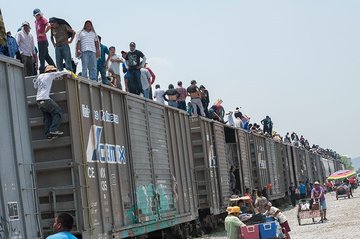 Lastly, although primary education is free, there is illegal levying of school fees, which forces IDP families to choose between food and school. Food and school are necessities in life that no child or family should ever have to choose between; however, since most IDP parents lack sufficient funds, they are are unable to pay for schooling materials. If families are very tight on money, some children are needed to help support their families financially, and therefore, do not have the time to also attend school. Now that and IDP has been fully explained, let’s break down the differences between that and a refugee. As stated earlier, a refugee is a displaced person who has crossed national borders because returning back to their home residence is too unsafe. Under Article 1 of the 1951 UN Convention, a refugee is defined as: “owing to well-founded fear of being persecuted for reasons of race, religion, nationality, membership of a particular social group or political opinion, is outside the country of his nationality and is unable or, owing to such fear, is unwilling to avail himself of the protection of that country.” The definition suggests that there are certain requirements in order to be considered a refugee. One is to have presence outside of their home country, along with the “incapacity to enjoy the protection of one’s own state,”. Another condition is to have a justifiable fear of persecution. This legal term was coined purposely to set IDPs and refugees apart from one another. Because displaced persons must forcibly leave their homes, and their habitual country’s borders, they are legally defined as refugees. Similarly to IDP struggles with education, refugees face many of the same realities. Refugees must also deal with discrimination and embarrassment from not speaking the home country's native tongue. As well, refugee families lack sufficient funds to afford school materials and may even need their kids to help support financially, which would hinder their ability to receive an education. Although both classifications of people are legally defined as being different, they face many of the same issues, especially in regards to education. The two groups of people have undergone similar social injustices and armed conflict that forced them out of their homes, but choose to flee differently. IDPs stay within their countries borders yet still have a hard time receiving an education or supporting themselves sufficiently. Refugees have certain protections under law, which helps them a little more; however, still must face harsh realities when entering a new world. We believe every child deserves an education so they can make a better life for their families and themselves. We strive to generate awareness and educate on these horrific issues so we can help those affected get similar opportunities as we are so fortunate to have. Presentations will be going on at all our Student Chapters, find yours below and make sure to attend! Florida State University: February 15th By Naseam Jabberi University of Florida: February 21st By Mariam Hussein University of Central Florida: February 22nd By Casey McCarthy Sources: www.unhcr.org/en-us/figures-at-a-glance.html http://www.internal-displacement.org/globalreport2016/pdf/2016-global-report-internal-displacement-IDMC.pdf http://www.internal-displacement.org http://www.internal-displacement.org/globalreport2016/ http://www.internal-displacement.org/database/country/?iso3=col http://www.unhcr.org/3b66c2aa10.html https://epthinktank.eu/2015/10/27/refugee-status-under-international-law/ PowerPoint Schedule IDP Graphs A great article by the "Right To Education Project" enumerates the different barriers internally displaced children face in regards to education. The barriers are listed as the following:
Read more about the article here! Copy and paste this link: http://www.right-to-education.org/node/619 |
Archives
July 2021
|
|
Follow Us |

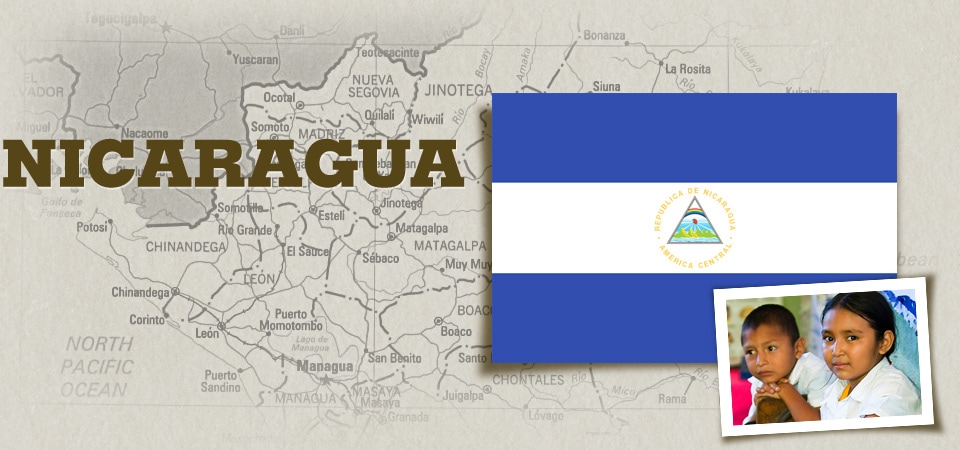
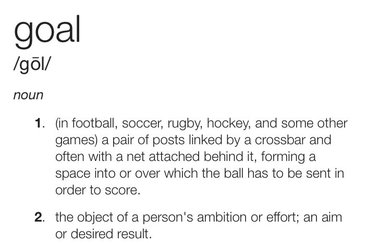
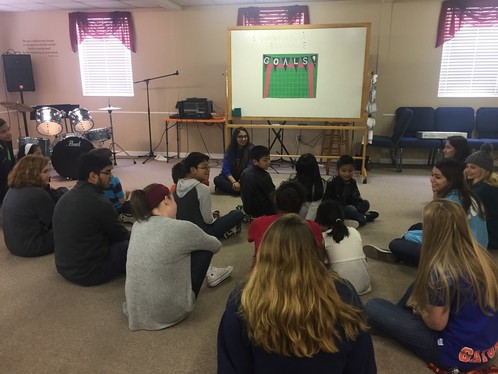
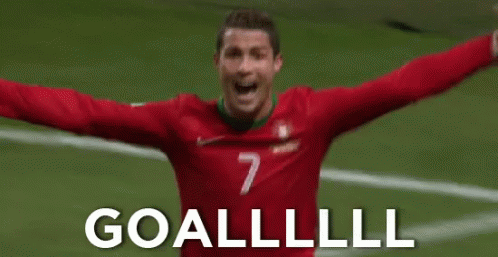
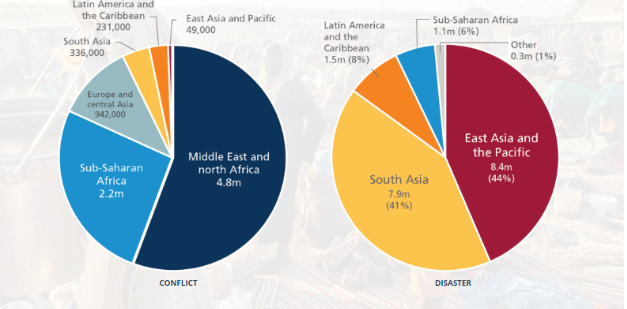
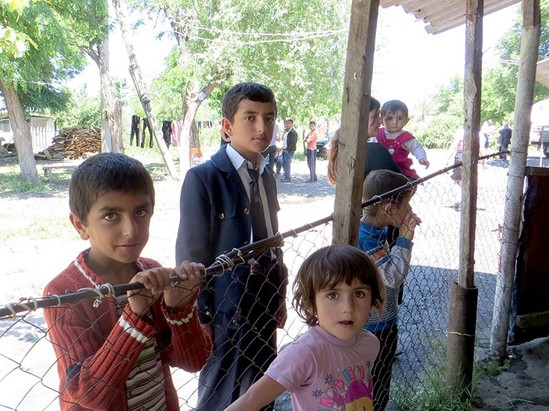
 RSS Feed
RSS Feed